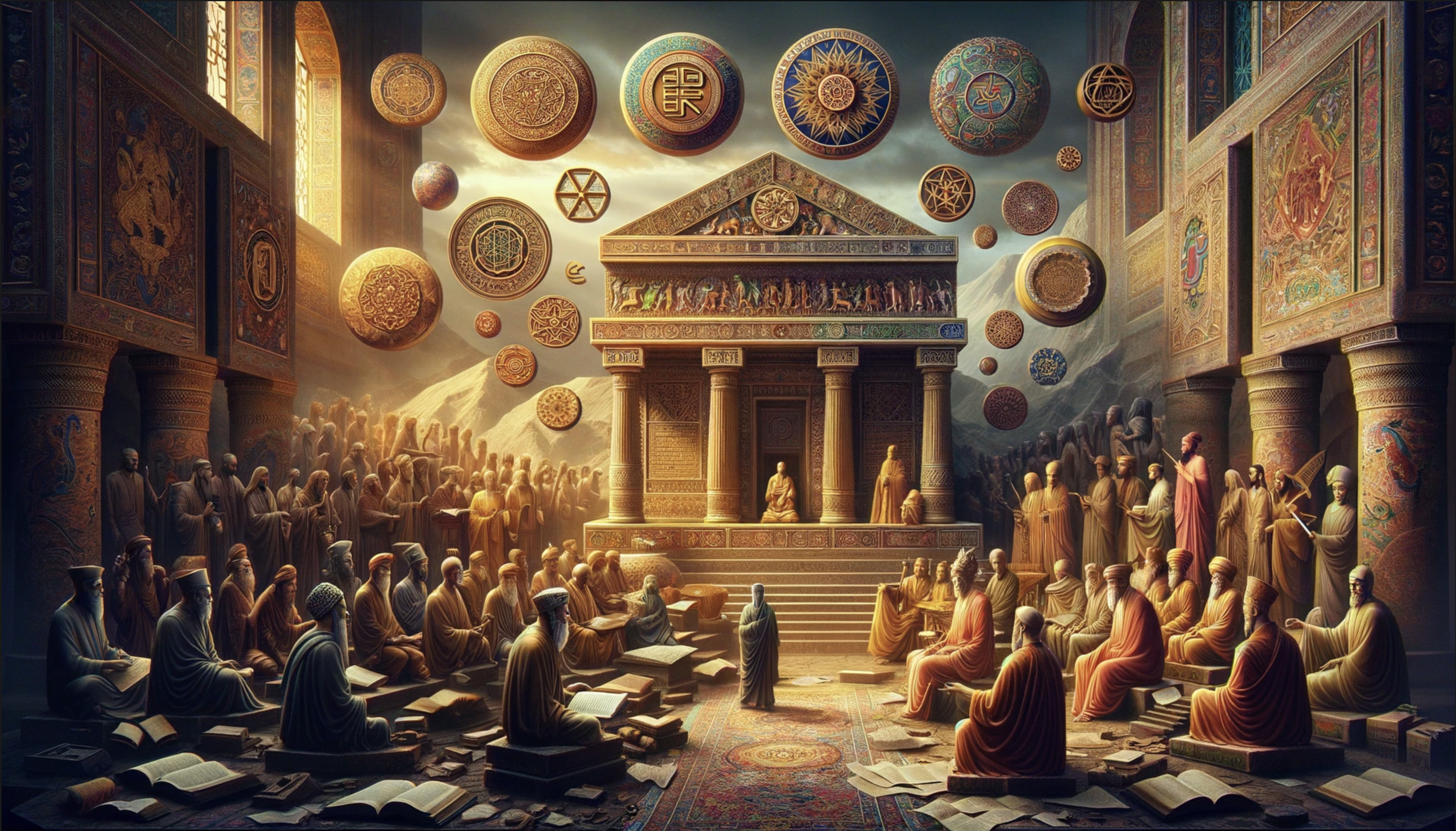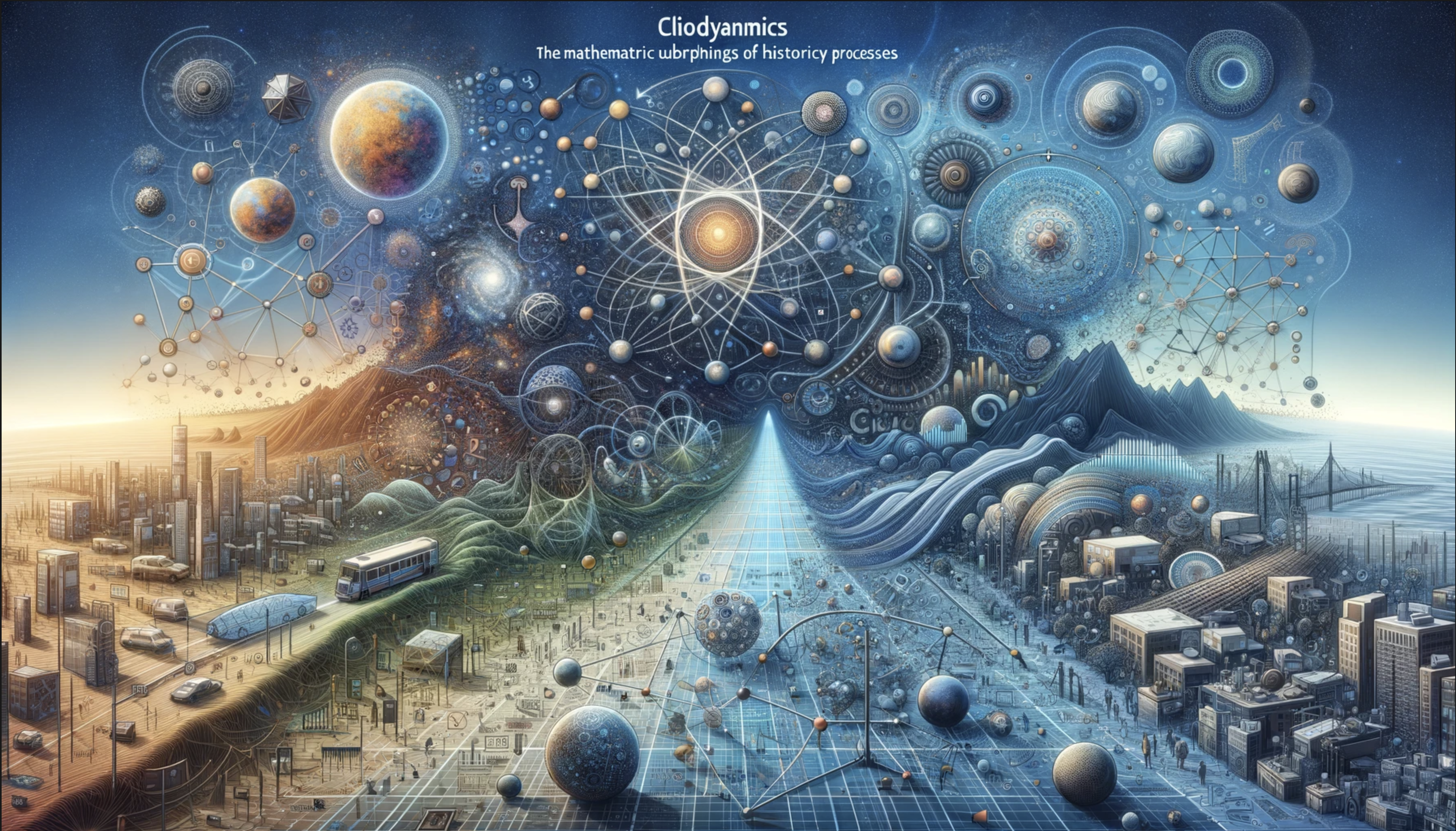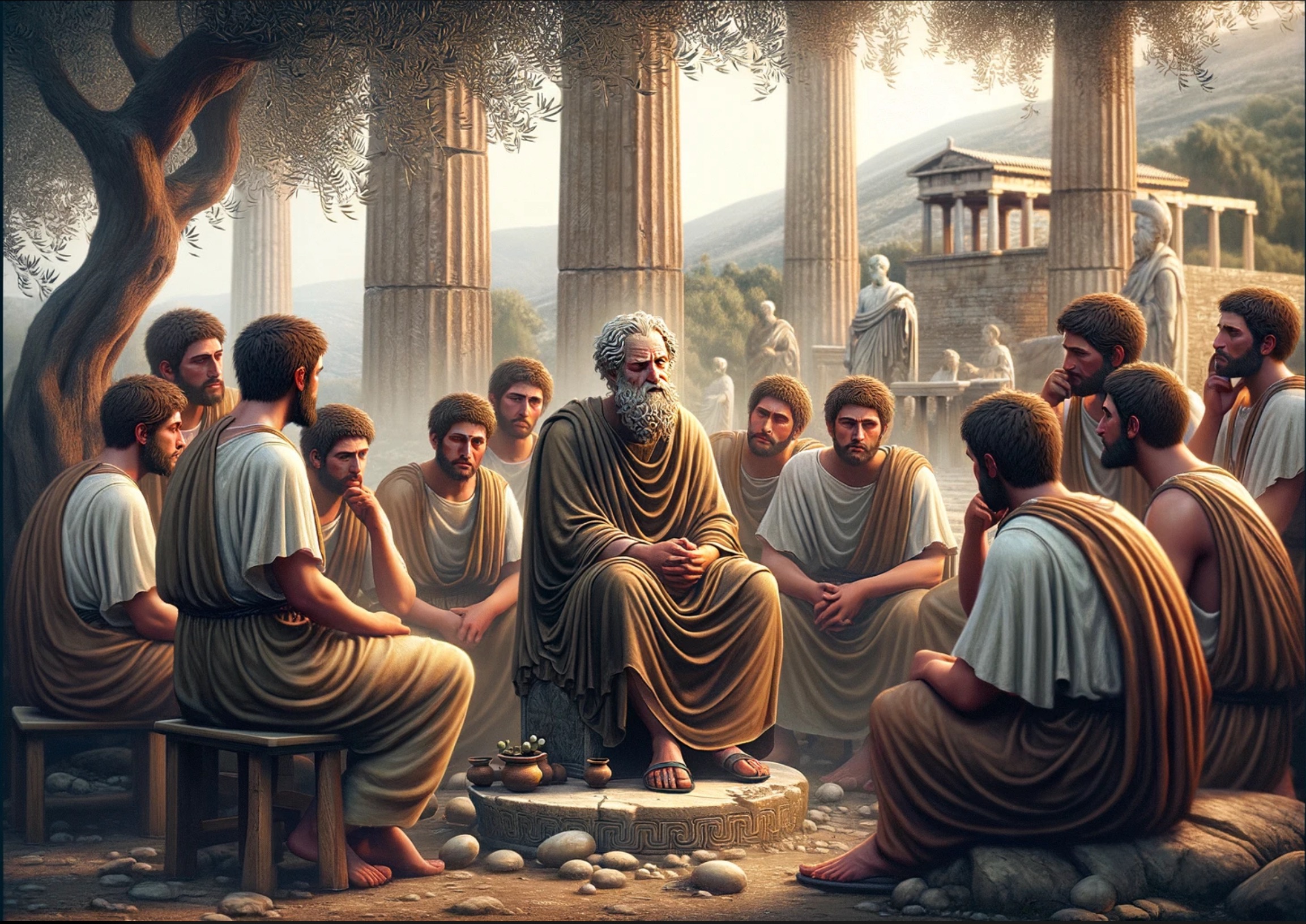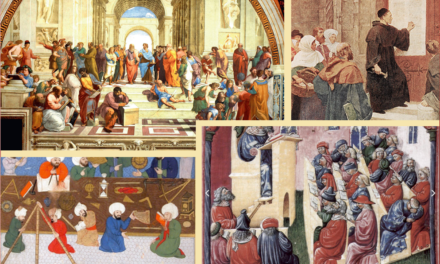Any history of ideas that have shaped modern Western thought must start somewhere, and we have chosen to start at the time of the city-states that surrounded the Aegean and Mediterranean Seas in the first millennium BCE. The focus is on these Greek-speaking people, and the first philosophers from there who are known to us. But we should also acknowledge that at roughly the same time, the great Hebrew prophets, who have also influenced modern thought via Christendom, were active in the Holy Land.
Indeed, the Greek philosophers and Hebrew prophets were not the only great thinkers active at roughly the same time, and that has led many historians, sociologists and philosophers to talk about the Axial Age.
The Axial Age: A Period of Transformative Thinking and Belief

The concept of the Axial Age, first articulated by German philosopher Karl Jaspers in 1949, refers to a pivotal era in human history, approximately between 800 and 200 BCE. During this time, there was a remarkable and simultaneous flourishing of intellectual, philosophical, and religious thought across several major civilizations, including those in Greece, Persia, India, and China. This period witnessed the emergence of some of the foundational ideas that have since shaped human civilization.
One of the key features of the Axial Age is the radical shift in human thinking, particularly in the realm of spirituality and philosophy. In Greece, it marked the transition from mythological explanations of the world to more rational and philosophical approaches. Figures like Heraclitus, Parmenides, and Socrates began to question the nature of reality, knowledge, ethics, and the ideal society, laying the groundwork for Western philosophy.
Simultaneously in the Eastern civilizations, similar profound transformations were underway. In India, this period saw the composition of the Upanishads, texts that delved deep into questions of self, cosmos, and ultimate reality, and also the birth of Buddhism and Jainism, both challenging the ritualistic practices of Vedic religion with new ethical and philosophical ideas. In China, it was the era of Confucius and Laozi, who proposed new ways of understanding morality, governance, and human nature.
The Axial Age also witnessed the emergence of monotheism in Judaism in the Persian Empire. This transformation marked a significant departure from the polytheistic and often locality-specific deities that had characterized earlier periods. The monotheistic turn brought about a new focus on universal ethical principles and a heightened sense of individual moral responsibility.
From a sociological perspective, the Axial Age can be seen as a response to the complexities of increasingly urban, interconnected societies. The philosophical and religious ideas that emerged during this period provided frameworks for understanding human existence and social order amidst the challenges of larger, more diverse, and often more conflicted populations.
However, the concept of the Axial Age has not been universally accepted in academic circles. Most recently, Cliodynamics, a modern interdisciplinary area of research, has approached the Axial Age from the perspective of quantitative history and social science. It critiques and examines the period by looking at long-term historical dynamics and cycles. Through this lens, the Axial Age is not just a collection of independent intellectual movements but is also seen as a part of broader social, economic, and political transformations occurring across these civilizations.
Cliodynamics: The Intersection of History, Complexity, and Predictive Science

Cliodynamics is a transdisciplinary area of research that applies quantitative methodologies and theoretical frameworks from complexity science to understand historical dynamics. Coined by Peter Turchin, a Russian-American scientist, in the early 2000s, Cliodynamics treats history as a science. It seeks to uncover patterns and make predictions about social and cultural evolution by applying mathematical models and statistical techniques.
Peter Turchin’s pioneering work in Cliodynamics has significantly shifted the way we understand historical processes. Traditionally, history has been studied qualitatively, with a focus on individual events and narratives. Turchin, however, advocates for a more analytical approach, using data to explore long-term societal trends and cycles. This approach has led to intriguing insights, such as identifying underlying patterns in the rise and fall of empires and the cyclical nature of social unrest and stability.
A key aspect of Turchin’s work is its foundation in complexity science, which studies how parts of a system give rise to the collective behaviours of the system and how the system interacts with its environment. The 2021 Nobel Prize in Physics awarded to Giorgio Parisi highlights the significance of understanding complex systems. Parisi’s work, though primarily in the realm of physical sciences, provides crucial insights into the unpredictability and the intricate order found in complex systems. These insights are directly applicable to the study of historical processes in Cliodynamics.
Parisi’s work has demonstrated how seemingly random or chaotic systems can exhibit hidden patterns and “ordered randomness.” This concept is particularly relevant in the study of human history, where large-scale patterns and trends may emerge from the interactions of myriad individual and group behaviours. Cliodynamics leverages this understanding to analyze historical data, seeking to find underlying structures and patterns in the seemingly chaotic and unpredictable course of human events.
Turchin’s approach to Cliodynamics also incorporates elements of evolutionary biology, particularly the concepts of cultural evolution and group dynamics. This interdisciplinarity allows for a more holistic understanding of historical processes, acknowledging that a complex interplay of economic, ecological, and sociopolitical factors influences cultural and societal changes.
This diversion into a new form of historical research that incorporates complexity science (a topic very near to my own heart) should not, however, distract us from the topic of where Western Thought first started to germinate, and that was with the earliest Greek-speaking philosophers who are known today as the “Pre-Socratics”.
The Roots of Western Thinking: Pre-Socratic Philosophers of the Greek City-States

Justification for Focusing on Pre-Socratic Philosophy
The roots of Western thinking, particularly in the realms of science, philosophy, and logic, are deeply embedded in the works of the pre-Socratic philosophers of ancient Greece. This period, beginning in the 6th century BCE, marks a critical shift from mythological explanations of the natural world to a more rational, observational, and questioning approach. The pre-Socratics are credited with laying the foundational stones of Western intellectual tradition by pioneering the use of reason and argument, the pursuit of knowledge for its own sake, and the inquiry into the nature of being and the universe.
The Milesian School: Thales, Anaximander, and Anaximenes
The first significant school of pre-Socratic philosophy was the Milesian school, founded in Miletus in Ionia. Thales, Anaximander, and Anaximenes, the key figures of this school, focused on understanding the fundamental substance or principle (archê) that underlies the universe.
- Thales, also known as the Father of Philosophy, is often credited with predicting a solar eclipse (which he did not do). He believed that water was the essential substance from which everything else derives.
- Anaximander introduced the concept of the ‘apeiron’ (the boundless or infinite) as the origin of all things and made significant contributions to astronomy and geography.
- Anaximenes followed with the idea that air (or ‘pneuma’) is the primary substance, which becomes different forms through processes of condensation and rarefaction.
The Second Pre-Socratic Phase: Pythagoras, Xenophanes, Heraclitus, and Parmenides
This phase saw a diverse set of philosophical inquiries.
- Pythagoras is renowned for his contributions to mathematics but also held a philosophy that embraced numbers as the true nature of reality.
- Xenophanes challenged traditional religious beliefs and anthropomorphic gods, proposing a form of monotheism where God is viewed as the all-knowing, all-seeing, and all-hearing eternal being.
- Heraclitus introduced the concept of constant change, famously stating that one cannot step into the same river twice, and emphasizing the unity of opposites.
- Parmenides took a different stance, arguing for the idea of a singular, unchanging reality, setting the stage for metaphysical inquiries into the nature of existence.
The Third Pre-Socratic Phase: Anaxagoras, Empedocles, and Democritus
This phase involved more sophisticated theories about the nature of matter and the cosmos.
- Anaxagoras introduced the concept of ‘nous’ (mind or intellect) as the organizing principle that gives order to the cosmos.
- Empedocles is famous for formulating the theory of the four classical elements (earth, water, air, fire) and the forces of love and strife that bind and separate them.
- Democritus is best known for his atomic theory of the universe, positing that everything is composed of indivisible and indestructible atoms moving in the void.
These pre-Socratic philosophers represent the beginning of a tradition of rational inquiry that has shaped Western intellectual history. Their diverse and innovative ideas set the stage for subsequent philosophical, scientific, and metaphysical developments and continue to influence modern thought.
Terry Cooke-Davies.
January 2024
This article was created with the assistance of ChatGPT Plus, and the original illustrations were created using DALL-E, an AI “text to graphics” programme.

Link to Resources Supporting this Article
Click anywhere on this link to view the slides and other resources used in Session 2.1 of the Shepway and District u3a course, “From Pythagoras to Particle Physics”.






